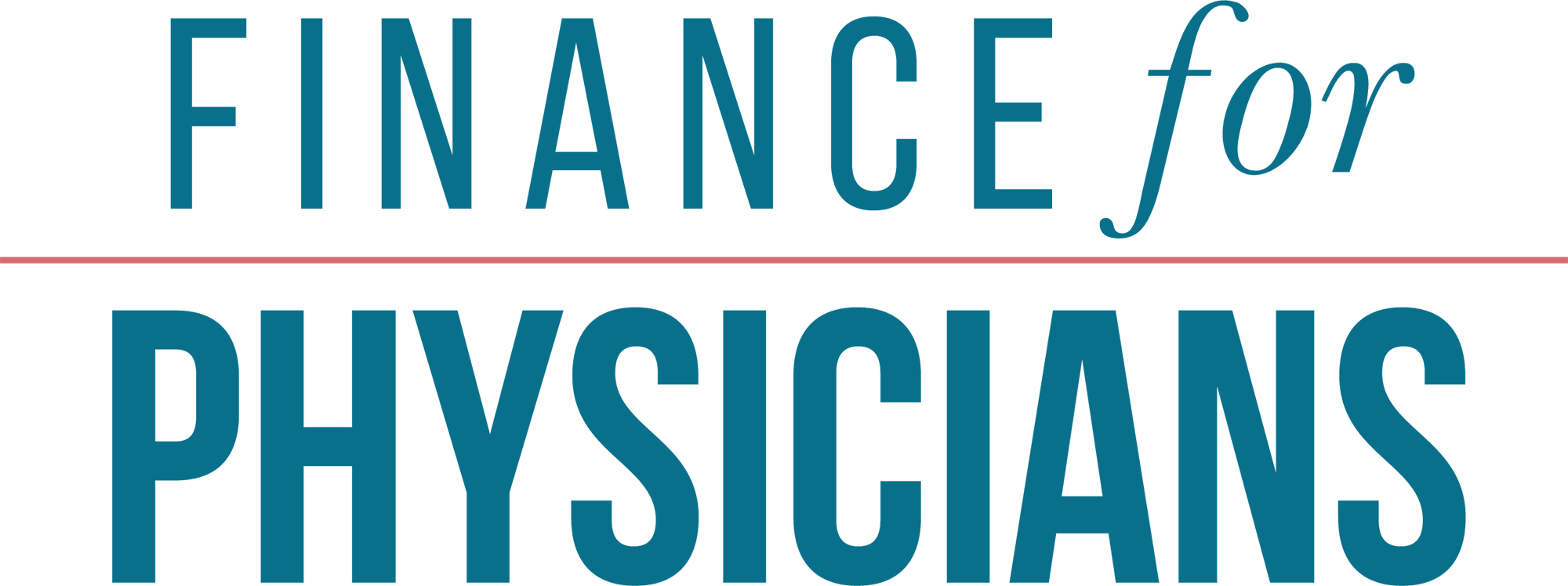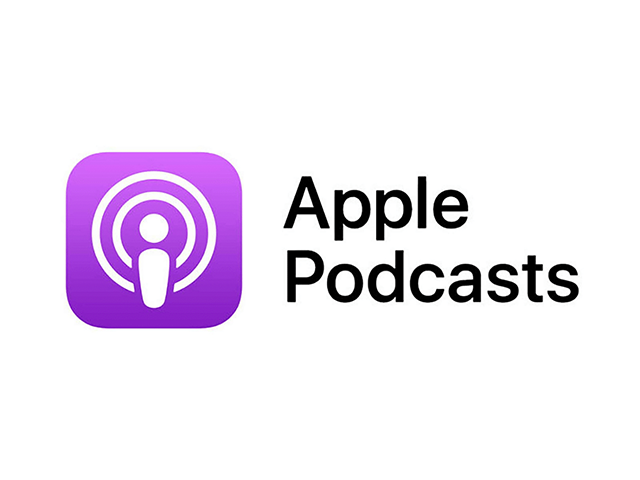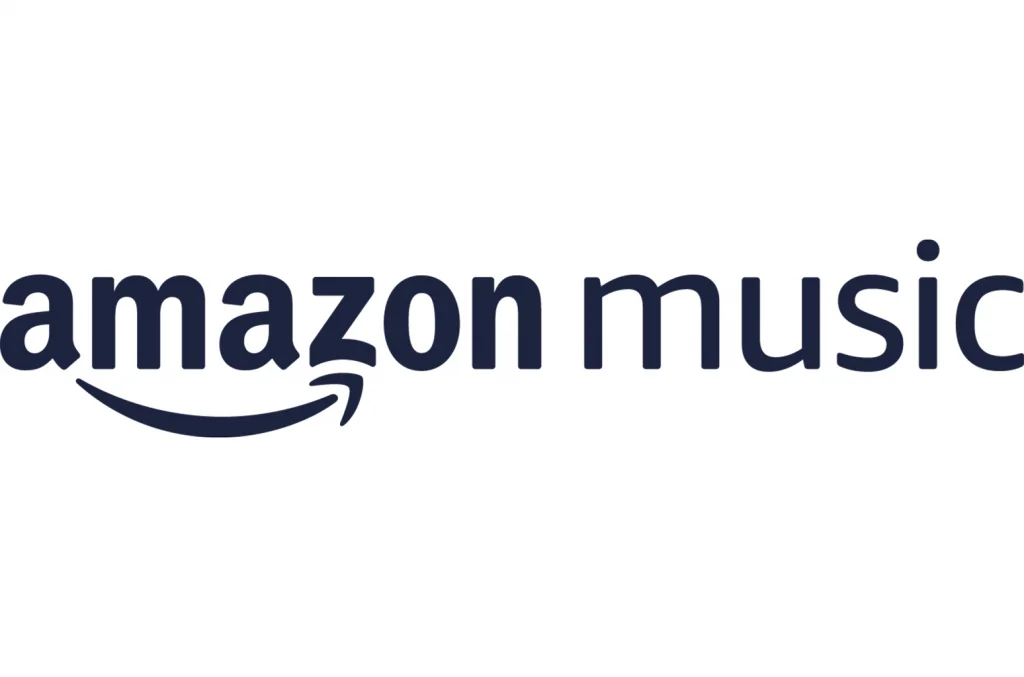Do you have enough money in the bank for your rainy day fund? What amount is too low or too much just in case you need it?
In this episode of the Finance For Physicians Podcast, Daniel Wrenne talks about setting the cash target. Ideally, you’re not over or under. By knowing what you need to get to, you’re empowered to make better decisions to reduce stress and risks, and increase return on your dollar.
Topics Discussed:
- Before Building Emergency Reserves:
- Have at least one month of expenses in checking account
- Pay off prior credit card debt and loan balances
- Start Building Up Reserves:
- Set the target by saving three to six months of income/expenses
- Personalize range based on your situation (1 to 12 months)
- Risk Factors and Reasons for Reserves:
- What do you own that has upkeep costs? Houses, cars, and boats
- How large is your household? Single, married, and children
- What is your insurance deductible? Change if necessary
- How much does your household earn and how secure are earnings?
- What percentage of income is being spent versus saved?
- How diversified are your income sources?
- Ideal Target: Establish emergency reserves and put in a bank savings account
- Common Mistakes:
- Commingling rainy day savings with other savings accounts
- View as insurance policy, not as a return or way to maximize investment
- Don’t use credit card or HELOC debt as alternative to emergency reserves
- Revisit and adjust ideal target; don’t set it and forget it
- Get some kind of return on your reserves, just don’t get greedy
- Use actual, not estimated expenses to calculate your rainy day reserves









